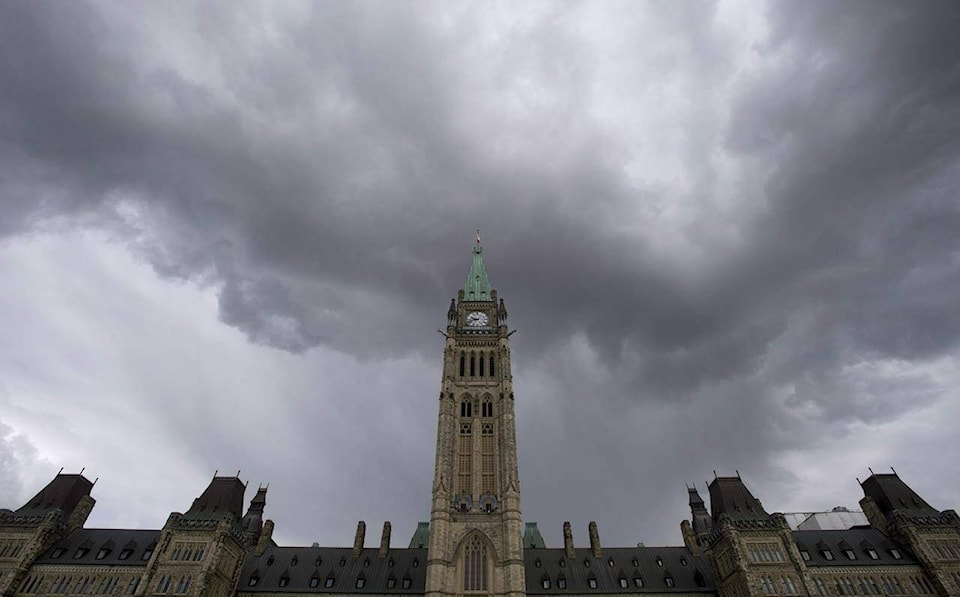~BW Uzelman
Canada’s Minister of Energy and Natural Resources, Jonathan Wilkinson, has released the government’s plan to decarbonize the electricity grid by 2035 and to regulate it. He said clean energy is critical to lowering emissions and to “massive economic opportunities” accompanying a low-carbon future. The centerpiece of the strategy is the 15% refundable Clean Electricity Tax Credit to accelerate investment in clean electricity. The cost is $15.7 billion through to 2035. The credit is offered to publicly and privately-owned utilities for clean power production and the creation of interprovincial grids.
The Alberta, Saskatchewan and Nova Scotia governments have rejected the 2035 net zero regulations, arguing they are unattainable and too costly. Alberta slapped a seven month moratorium on solar and wind power, supposedly to review policy for the industry and the dislocation of agriculture. More likely it is an ill-advised sop to UCP’s rural, rightist base and an assertion that Alberta controls energy policy.
The moratorium has been roundly criticized. Blocking the development of clean electrical energy, while declaring that Ottawa’s clean electrical standards are being imposed too soon, is illogical. Alberta has seen by far the most rapid growth of renewable energy in the country. Dozens of new projects are now on hold. The government has created huge risks for the industry. Companies will reassess planned investments. If the review results in more regulation, as is likely, future investment is further imperiled.
Alberta correctly argues that baseline electrical production is required to offset the high variability of renewables. The Public Policy Forum agrees, “natural gas power generation allows for greater, not less, penetration of renewables.” Federal draft regulations allow existing natural gas plants to operate for 20 years after the date commissioned. Without carbon capture, a new plant can operate only 450 hours per year. That’s certainly not viable. New electrical capacity is crucial. Demand will spike as EVs proliferate and residential and industrial energy users convert to electricity. It will double by 2050.
A report by PPF, “Project of the Century” asserts: First, industrial development has been attracted to Canada because relative energy costs have been low. Second, now and in the future, many industries will choose Canada based on the price and cleanliness of the energy. Green hydrogen production, for example, will require low-priced, clean electrical energy. Third, Canada’s electricity supply is both stable and sufficient. To retain this advantage, we must urgently move to keep supply and demand in balance.
The Conference Board in Canada estimated the clean electricity transformation at a staggering cost of $1.7 trillion, nearly the level of Canada’s current GDP. The project is of an unprecedented scale. The PPF notes other challenges. The electrical system is the constitutional responsibility of the provinces, who jealously guard their autonomy. This denies them the benefits of a unified grid, which links electricity rich and electricity deficient provinces, and boosts the efficiency and stability of the provincial grids.
“We are on the clock,” says the PPF; we must act urgently. Federal approvals for electrical projects took 19-68 months from 2010-2016. “Uncertainty is the enemy of action. If the energy transition really is the biggest thing going on the planet, we need to be unrelenting in our policy focus, fleet-footed in bridging policy differences and focused on filtering everything – everything – through the lens of whether it accelerates or slows the transition.” I.e., the federal and provincial governments must concentrate on policy, settle their differences quickly and tailor decisions to accommodate a rapid transformation.
Natural gas ensures the stability and sufficiency of the electrical system; it safeguards the electrical supply when the sun is not shining and the wind is not blowing. Hydroelectricity serves the same function. Some provinces possess and have developed massive hydroelectric resources – BC, Manitoba, Quebec and Nfld. and Labrador. In provinces that cannot access hydro resources, another energy source must balance intermittent renewables. One day, that source may be nuclear Small Modular Reactors, but not yet. Natural gas is needed now. PPF appropriately terms it a “Safety Valve”.
Canada’s governments understandably have distinct economic and political interests. But they have ineptly allowed those interests to harden into fixed ideological positions. The federal government must ditch its dogmatic distaste for all fossil fuels, and the Alberta government its stubborn penchant for oil and gas. The clean electricity dispute may go to the Supreme Court, as the carbon tax feud did. That would delay the energy transition for years, and risk the loss of industries seeking clean, low-cost energy.
It is crucial for governments develop energy policy pragmatically. Canada needs results, not ideological battles. “Project of the Century” ought to be required reading for every energy minister in the country.
bruce
Bruce W Uzelman
I attended the University of Saskatchewan in Saskatoon.I obtained a Bachelor of Arts, Advanced with majors in Economics and Political Science in 1982.
I have maintained a healthy interest in politics throughout my adult years, and wish to put that and my research skills to work as a political columnist.
Contact: urbangeneral@shaw.ca



